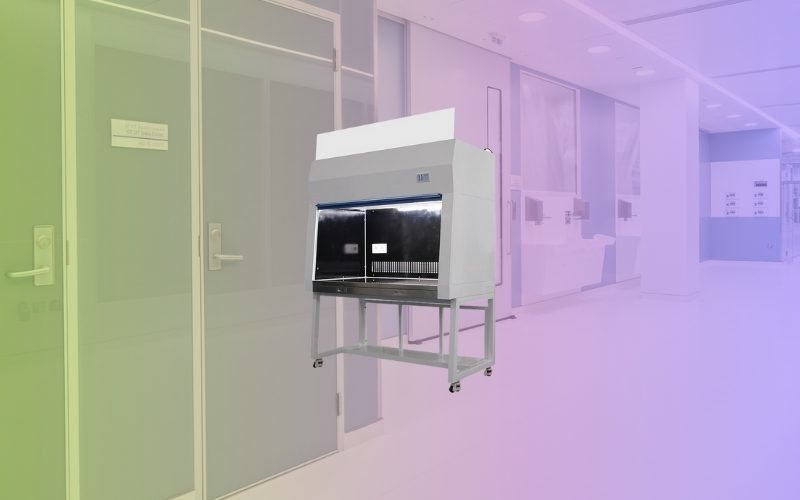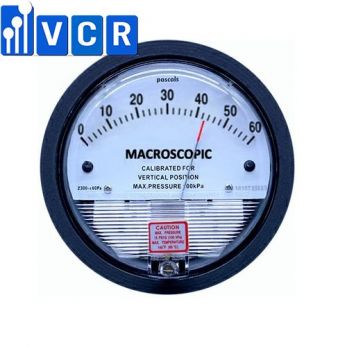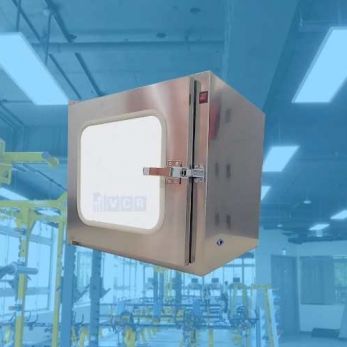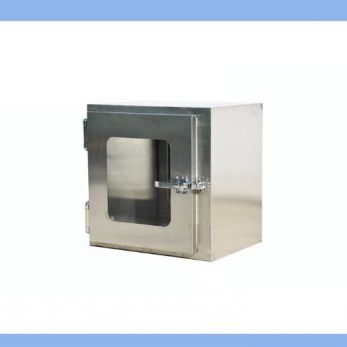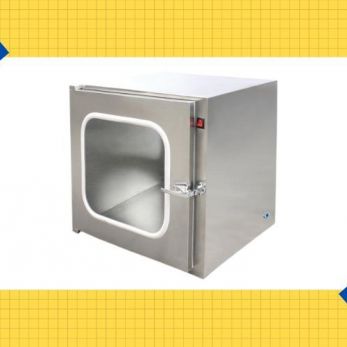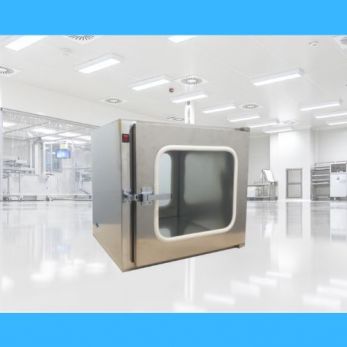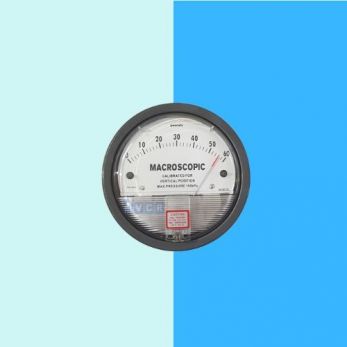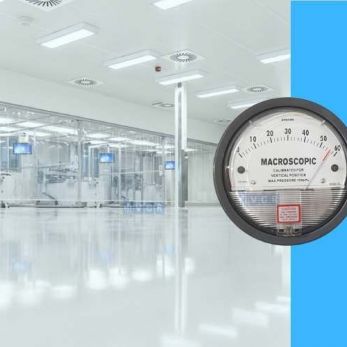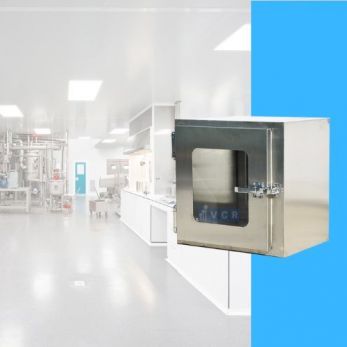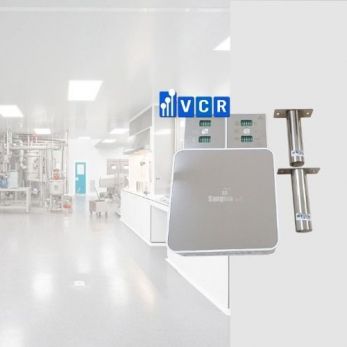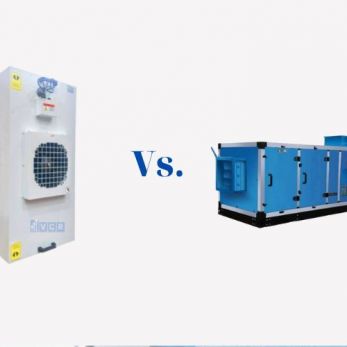Why is laminar flow hood important to laboratory?
Laminar flow hoods are often used in laboratories and cleanrooms, which can improve the cleanliness level, reduce noise and vibration, and greatly reduce construction costs. It is easy to install and maintain and is ideal for a clean environment. So why
Laminar flow hoods are often used in laboratories and cleanrooms. So why is the laminar flow hood an important ventilation device in the laboratory? Let's find out in this article.
The role of laminar flow hood in cleanrooms and laboratories
Researchers deal with pathogenic microorganisms, materials, or parasites containing pathogenic microorganisms. In order to ensure that the experimental subjects do not cause biological harm to humans and to ensure that the surrounding environment is not polluted, the laboratories are designed with special requirements for construction.
According to the biosafety level of the experimental objects, biosafety laboratories are generally divided into four levels, of which level 1 has the lowest requirements for biosafety isolation, and level 4 is the highest. Among them, the third and fourth levels belong to high-level biosafety laboratories, sometimes called biosafety clean rooms.
These laboratories need a device ensuring a safe environment for staff to deal with microorganisms. That is why we need a laminar flow hood.
Advantages of laminar flow hood
The laminar flow hood has the following characteristics, facilitating activities of the laboratory:
1. The laminar flow hood has low energy consumption and high static pressure and can be adjusted in multiple stages. The operating cost of a laminar flow cabinet is low.
2. The laminar flow hood is designed with a special flow channel and an equalizing system, which has the characteristics of low noise and uniform air velocity.
3. The laminar flow hood is light and adopts the hood-in installation method, which makes installation, filter replacement, and maintenance more convenient.
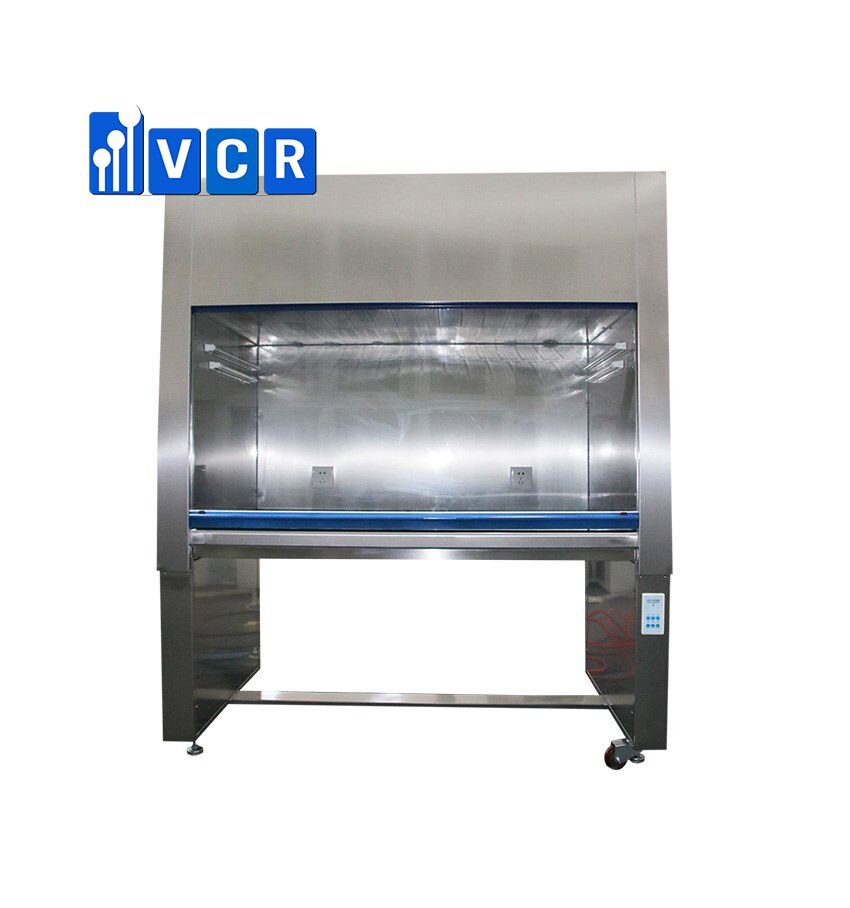
Image: Clean bench or laminar flow hood
4, The laminar flow hood adopts a special fan, which has a long service life and is basically maintenance-free. It can realize computer group control and remote control functions.
5. In the laboratory workshop, it can not only improve the cleanliness level, reduce noise and vibration, but also greatly reduce the cost. It is an ideal device for cleanrooms
6. The casing of the laminar flow hood can be made of stainless steel, aluminum plate or cold-rolled steel plate by electrostatic spraying, which has the advantages of lightweight, anti-corrosion, anti-rust and beautiful appearance
7. The laminar flow hood shortens the construction period of the workshop. The laminar flow hood system saves energy significantly, thus
solving the shortcomings of air handling: the air-conditioning room is huge and the operating cost of the air-conditioning unit is high.
8. The independent structure of the laminar flow hood can be adjusted at any time to make up for the lack of mobility in the cleanroom.
9. The use of the laminar flow hood in the cleanroom not only saves operating space, has high cleanliness and safety, low operating costs, but also has high operational flexibility.
System upgrades and adjustments can be performed at any time without affecting production. It can well meet the needs of clean rooms, so the use of laminar flow hood in laboratories or other manufacturing industries has gradually become the most important clean design solution.
Read more: Laminar airflow (LAF): Definition, working principle and application
Vietnam Cleanroom Equipment (VCR) specializes in providing clean room equipment for contractors in Vietnam. We provide high-quality products with competitive prices and large quantities nationwide.
For details, please refer to Vietnam cleanroom equipment official website
https://en.vietnamcleanroom.com
Or contact us via hotline: +84 90 123 7008 / +84 90 123 9008 (Whatsapp)






